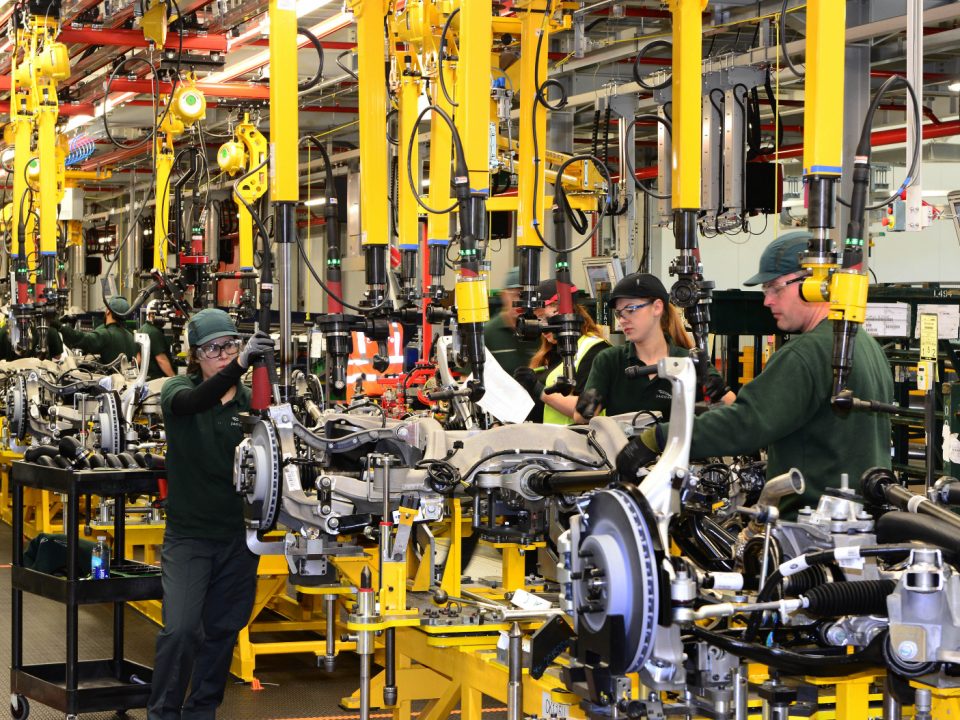
DeepSeek vs ChatGPT and the tech stock market crash: How law students can analyse commercial news stories
February 6, 2025
DeepSeek’s R1: The New AI in Town
February 8, 2025Introduction:
Defamation laws exist to protect the reputational rights of legal and juristic persons. Unincorporated bodies are generally deemed to lack sufficient legal personality to sue in defamation. However, in Prospect v Evans, the central question before the High Court was whether trade unions—being unincorporated associations—have the right to sue in defamation.
Background:
Prospect, a trade union, brought claims in defamation and malicious falsehood against Mr Andrew Evans, a former member of the union.
In support of its claims, the claimant relied on sections 10(1) and 10(2) of the Trade Union and Labour Relations (Consolidation) Act 1992 (“the 1992 Act”), which provide that:
A trade union is not a body corporate but—
…
it is capable of suing and being sued in its own name, whether in proceedings relating to property or founded on contract or tort or any other cause of action; and
…
A trade union shall not be treated as if it were a body corporate except to the extent authorised by the provisions of this Part.
In response, the defendant applied for a declaration, pursuant to CPR 11, that the court had no jurisdiction to hear the defamation claim on the ground that the claimant—being a trade union—had no standing to pursue a claim in defamation.
In support of this contention, the defendant relied on the decision in Electrical, Electronic, Telecommunication and Plumbing Union v Times Newspapers Ltd [1980] 1 QB 585 (“EETPU”), in which the High Court determined that the phrase “shall not be treated as a body corporate”—as found in section 2(1) of the Trade Union and Labour Relations Act 1974 (“the 1974 Act”)—had the effect of wholly divesting trade unions of legal personality.
Issues:
- Was CPR 11, which involves challenging the court’s jurisdiction to try a claim, the appropriate procedural rule under which to bring the defendant’s application?
- In determining the proper construction of a consolidation Act, is it appropriate for a court to have regard to previous provisions and case law?
- What is the proper construction of sections 10(1) and 10(2) of the Trade Union and Labour Relations (Consolidation) Act 1992?
Decision:
On the first issue: the High Court determined that, given that the defendant sought to challenge the claimant’s right to rely on its chosen cause of action, rather than to challenge the appropriateness of the forum in which the claim was lodged, “the proper procedural route for challenging the claimant’s right to bring a claim in defamation [was] CPR 3.4(2)(a) rather than CPR 11.” As such, the defendant ought to have made an application for strike-out under CPR 3.4(2)(a), rather than raising a jurisdictional challenge under CPR 11.
On the second issue: the High Court confirmed that consolidation Acts—like any piece of legislation—must, in the first instance, be interpreted without reference to antecedent provisions and case law. It is only when classical methods of construction cannot resolve real and substantial difficulties or ambiguities that recourse may be had to an Act’s legislative ancestry. As such, in Prospect v Evans, it would only have been appropriate to consider the 1992 Act’s predecessor if such consideration was likely to resolve an ambiguity.
With respect to the third (and main) issue: the High Court determined that a proper reading of sections 10(1) and 10(2) of the 1992 Act gives rise to no ambiguity and that the natural and ordinary meaning of the language employed in the provisions demonstrates that, in enacting sections 10(1) and 10(2), Parliament clearly intended to endow trade unions with sufficient legal personality to sue in defamation. Indeed, no other meaning could properly be drawn from the wording:
“A trade union is not a body corporate but … is capable of suing and being sued in its own name, whether in proceedings … founded on contract or tort or any other cause of action.”
Furthermore, given that the meaning of the provisions was not ambiguous, there was no need to consider previous case law relating to the 1974 Act in interpreting the provisions of the 1992 Act.
Additionally, the conclusion that trade unions have sufficient legal personality to sue in defamation is consonant with the policy aim of ensuring that similar entities enjoy similar rights. Indeed, as unincorporated employers’ associations are recognised as possessing the right to sue in defamation, it only makes logical sense for the same to be true of trade unions. Moreover, given that trade unions can be sued in defamation themselves, fairness and logic dictate that they should equally be permitted to sue in defamation.
In the event that it was wrong in its assessment of the language used in sections 10(1) and 10(2) of the 1992 Act, the High Court also flatly rejected the reasoning in EETPU, finding that allowing trade unions to sue in defamation is not, in and of itself, tantamount to treating them as bodies corporate.
Commentary:
The decision in Prospect v Evans clarifies what was previously regarded as an area of uncertainty in trade union and defamation law. In light of the High Court’s decision in this case, it is now clear that trade unions may be treated as quasi-corporations to the extent permitted by the 1992 Act, and that this includes permitting them to sue in defamation.
The judgment also provides some helpful clarification on matters of practice and procedure, highlighting the difference between jurisdictional challenges under CPR 11 and challenges based on causes of action (or the lack thereof) under CPR 3.4.
Written by Keletso Gao Mere





